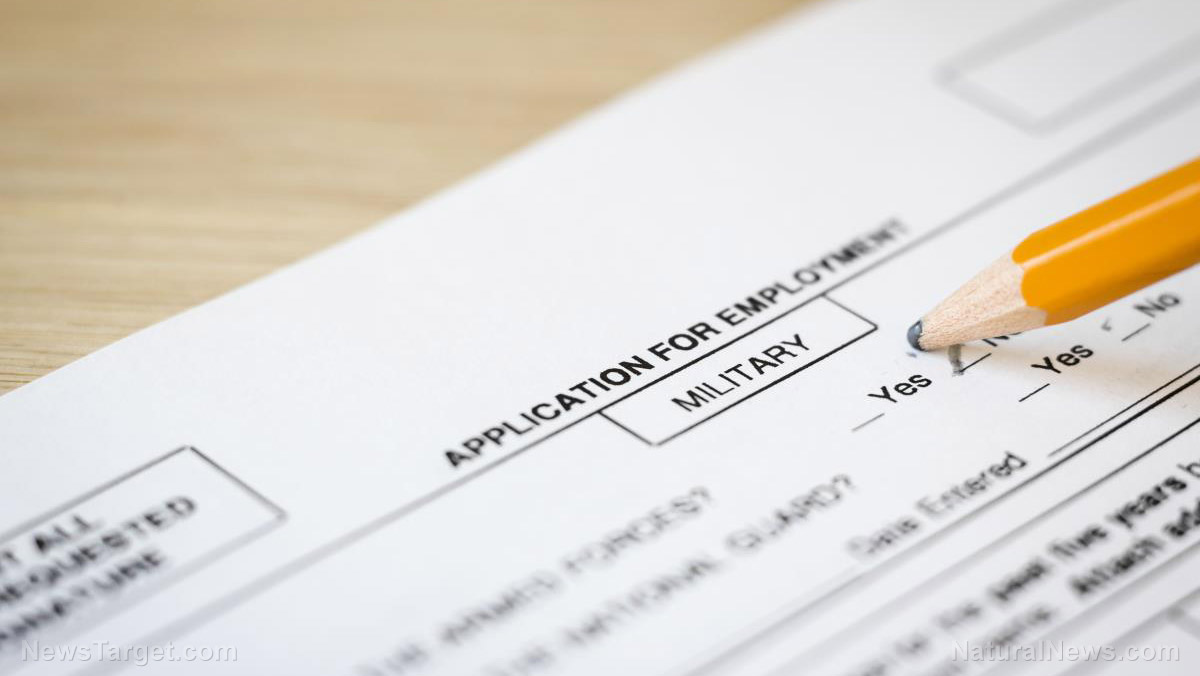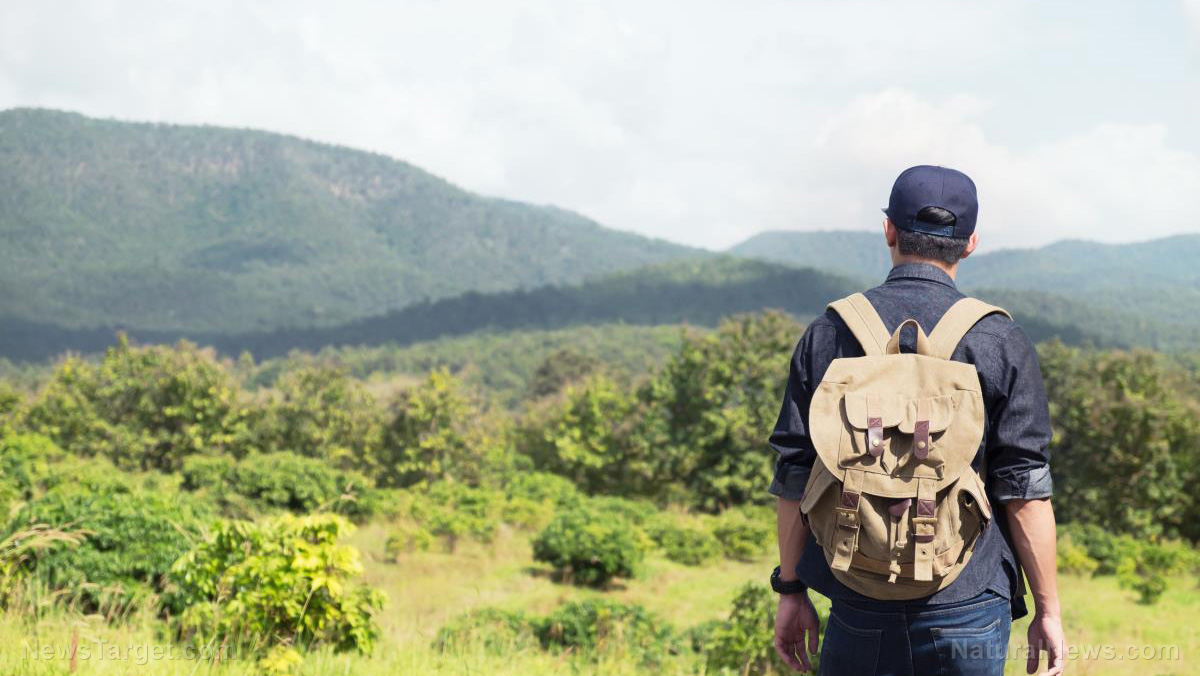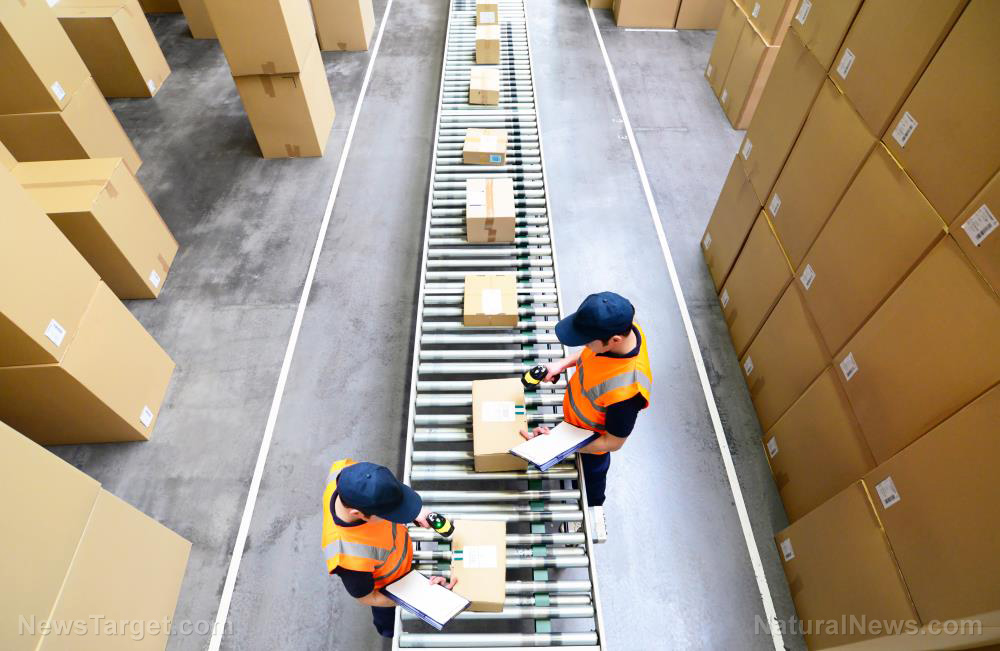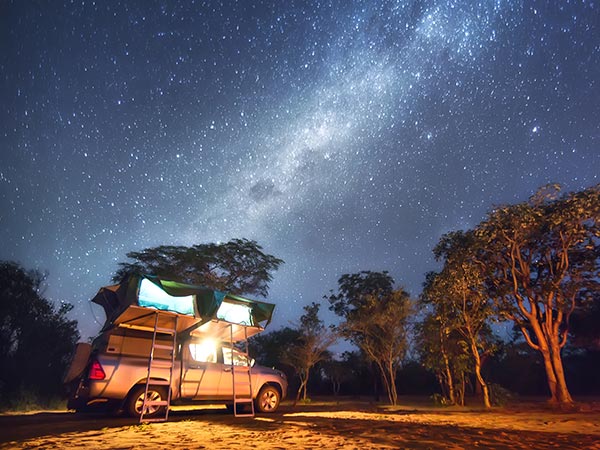Preppers, take note: Tips for maintaining your preps
04/02/2020 / By Darnel Fernandez
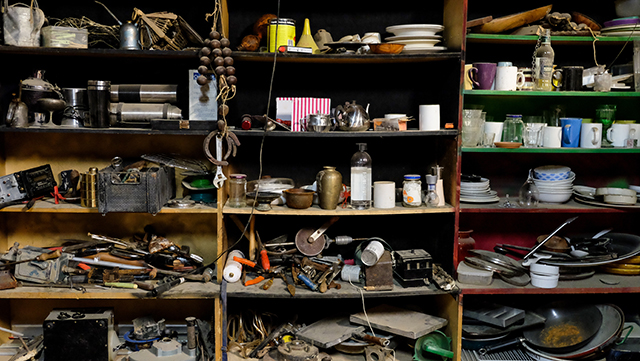
Many people can be overwhelmed by the number of things they need to do in order to prepare themselves for an oncoming disaster. Disasters can strike any time and any place, meaning you have to keep constant vigilance in case you need to get out quickly. However, one of the most common things preppers overlook is actually maintaining all the preps they’ve stockpiled. When it comes to prepping, it isn’t a “what’s done is done” gimmick that you can just ignore afterward to do other things. If you don’t put effort into maintaining your preps, you might find that many of your items will no longer be functional when you need them the most. (H/t Survivopedia.com)
Tips for maintaining your preps
Keeping inventory and checking up on your preps should be done on a yearly basis, if not more often. Many of the functional items in your prep closet should actually be used every once in a while in order to ensure that they are still in working condition. While it may seem counterproductive, letting them collect dust might make them less functional when you need them most. (Related: A crash course in prepping: 10 Beginner tips for preppers.)
Maintaining your food and water stockpile
Any prepper, whether a newbie or a veteran, should always start their journey by setting up a solid food stockpile for emergencies. The food supply is usually what becomes the bulk of many people’s preps. However, food can spoil, and while people can make efforts to prevent spoilage, these will only delay the inevitable.
Canned goods are touted as food that could potentially last forever among preppers. However, if you don’t keep an eye on them, even the mighty canned goods could succumb to spoilage. Can corrosion, which could result in the spillage of precious food and resources, is an unfortunate possibility. This happens if the coating inside the can gets damaged, allowing the acid content in the food to eat away at the metal.
Dry foods are also at risk of spoilage. While many veteran preppers recommend putting dry foods inside five-gallon food-grade buckets, some opt to put them in containers that offer far less protection. Most factory packaging isn’t as airtight as you think, allowing moisture to seep into the container, which can ruin your food if you don’t keep an eye on it. Even the five-gallon buckets aren’t that safe. They can become damaged, causing the food inside to spoil. Pests like large rats can also break into the plastic by chewing through if they’re dedicated enough.
Water is another essential prep everyone should have in their homes. While water can’t necessarily spoil, algae can flourish in the containers if they aren’t properly stored. However, you can easily clear out the algae by adding bleach – about eight drops per gallon of water – to purify it.
Keeping up the maintenance on survival gear
Some preppers just go out of their way to purchase survival gear only to shove them into a closet, with the items never seeing the light of day again. Unfortunately, most would assume that they can still be functional and without any defects whatsoever even after years of collecting dust.
Survival gear should always be used and not just inspected every once in a while. This is to make sure they’re still working in tip-top condition. In addition, using your gear occasionally allows you to get accustomed to the item. When disaster does strike, you won’t be fumbling around trying to figure out how to use the gear you’ve stockpiled. One way to keep up practice is by using your survival gear when you go camping.
Some types of survival gear such as rescue blankets are single-use and disposable. The best course of action for items like these is to keep a stock on hand and restock when necessary
Learn more about maintaining the quality of your precious preps at Preparedness.news.
Sources include:
Tagged Under: Disasters, inventorying, maintenance, preparedness, prepper, prepping, survival, survival gear, Survival Tips, survivalist
RECENT NEWS & ARTICLES
COPYRIGHT © 2017 DISASTER NEWS


